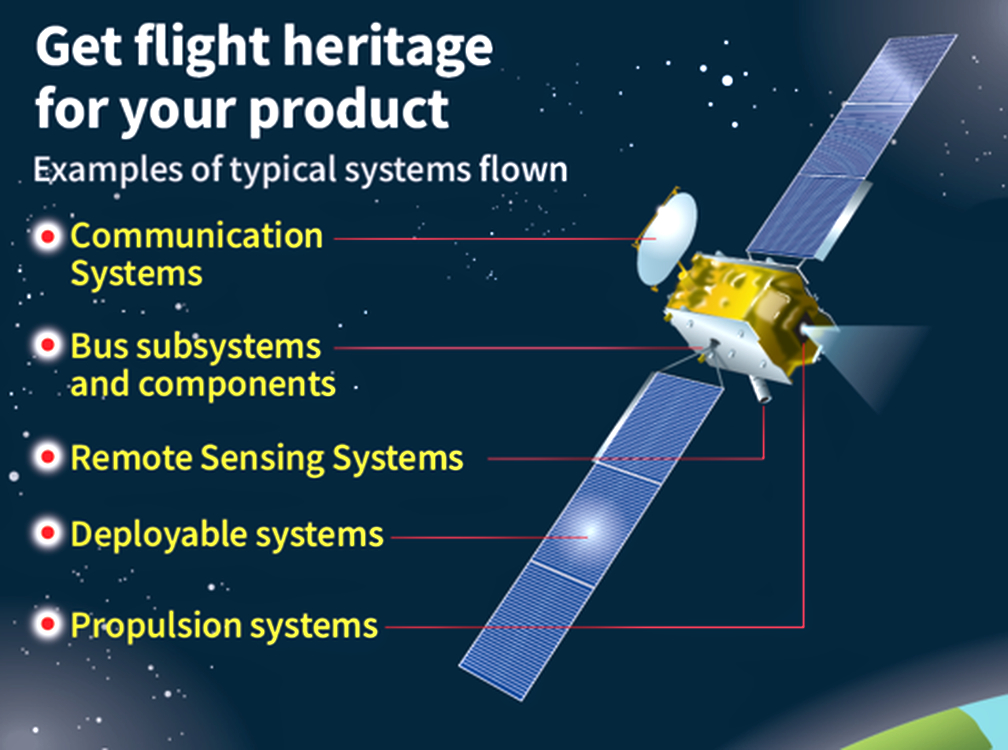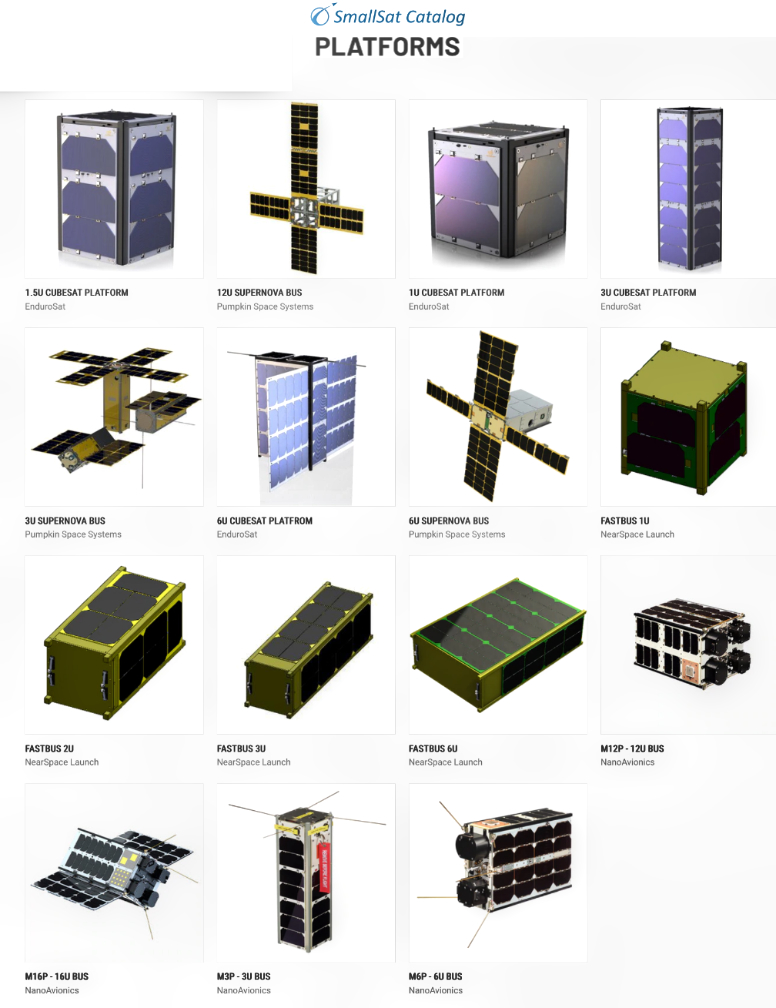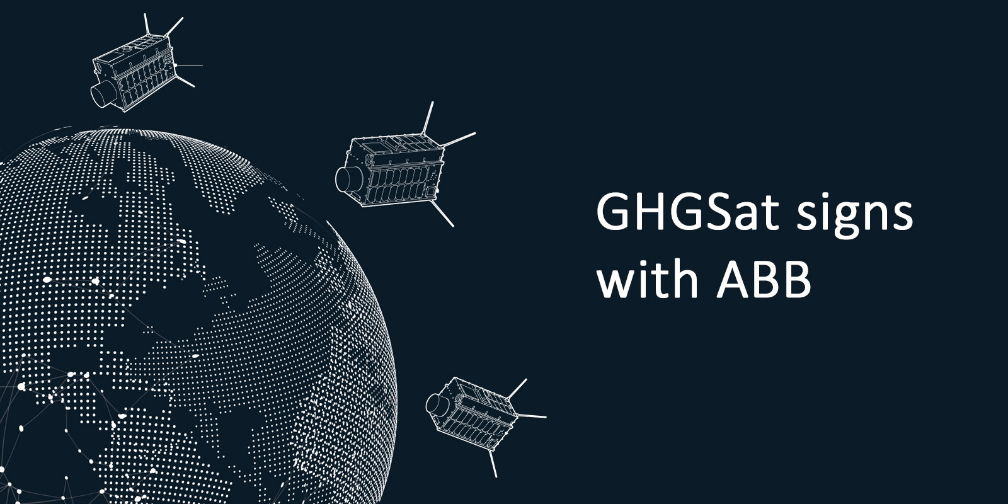
GHGSat has signed an agreement with ABB to deliver the payloads for GHGSat’s next three methane detecting satellites – a significant milestone in the firm’s plan to have a constellation of 10 spacecraft on-orbit by the end of 2022.
GHGSat is unique in operating satellites able to detect greenhouse gases (GHG) in high-resolution, a technology the company has demonstrated in space since 2016. While government GHG sensors in orbit provide regional scale measurements and global trends, GHGSat’s satellites are specifically designed to detect and quantify methane emissions from individual facilities. GHGSat’s sensor technology enables unprecedented leak monitoring capability as detection of sources 100 times smaller is possible with a resolution that is 100 times higher.
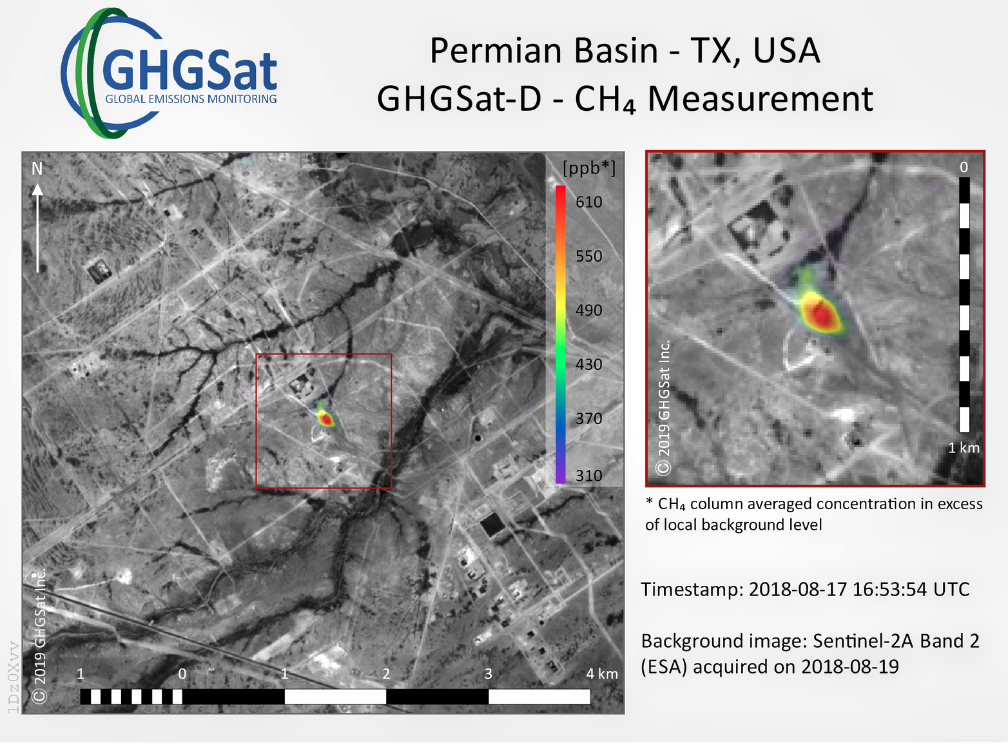
Accurate, cost-effective monitoring is vital as methane has a global warming potential c.84 times greater than that of carbon dioxide over 20 years. GHGSat’s space-based data and analytics enable regulators and operators in sectors such as oil and gas, waste management, mining, energy, and agriculture to properly assess and track methane emissions, and take prompt action to address leaks.
This capability will be further enhanced as GHGSat’s fleet expands in the coming years. “Iris” (GHGSat-C1), the company’s second satellite, launched successfully on 2nd September 2020, joining technology demonstrator “Claire”, in orbit since 2016. ABB delivered the payload for “Hugo” (GHGSat-C2), GHGSat’s third satellite, which is scheduled to launch by the end of the year.
Executive Comments

Announcing the new agreement, Stephane Germain, CEO, GHGSat said, “With GHGSat-C2, ABB has proven that they have the technical expertise and manufacturing capacity to support GHGSat’s growth. We are looking forward to this next phase of our partnership with ABB to rapidly expand our constellation.”
Marc Corriveau, General Manager, ABB Measurement & Analytics, Canada, commented, “We are currently seeing extensive innovation brought about by private initiatives in the space industry. At ABB we have built up a unique heritage in this sector over the decades helping scientists better understand the composition and evolution of our atmosphere. Our expertise in space optics and sensor development for industrial applications means that we are exceptionally well positioned to play a key role in GHGSat-C2. We are looking forward to collaborating on this exciting new project.”

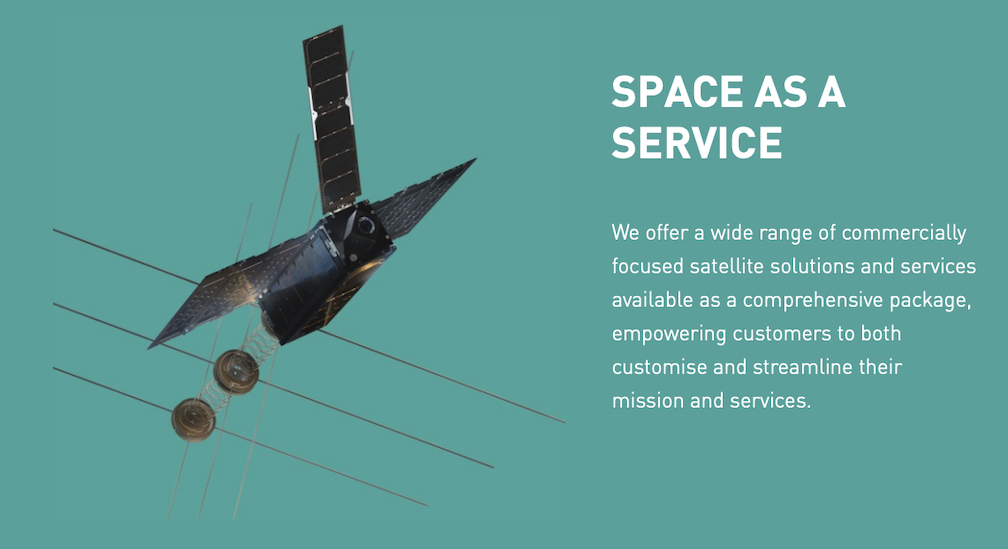
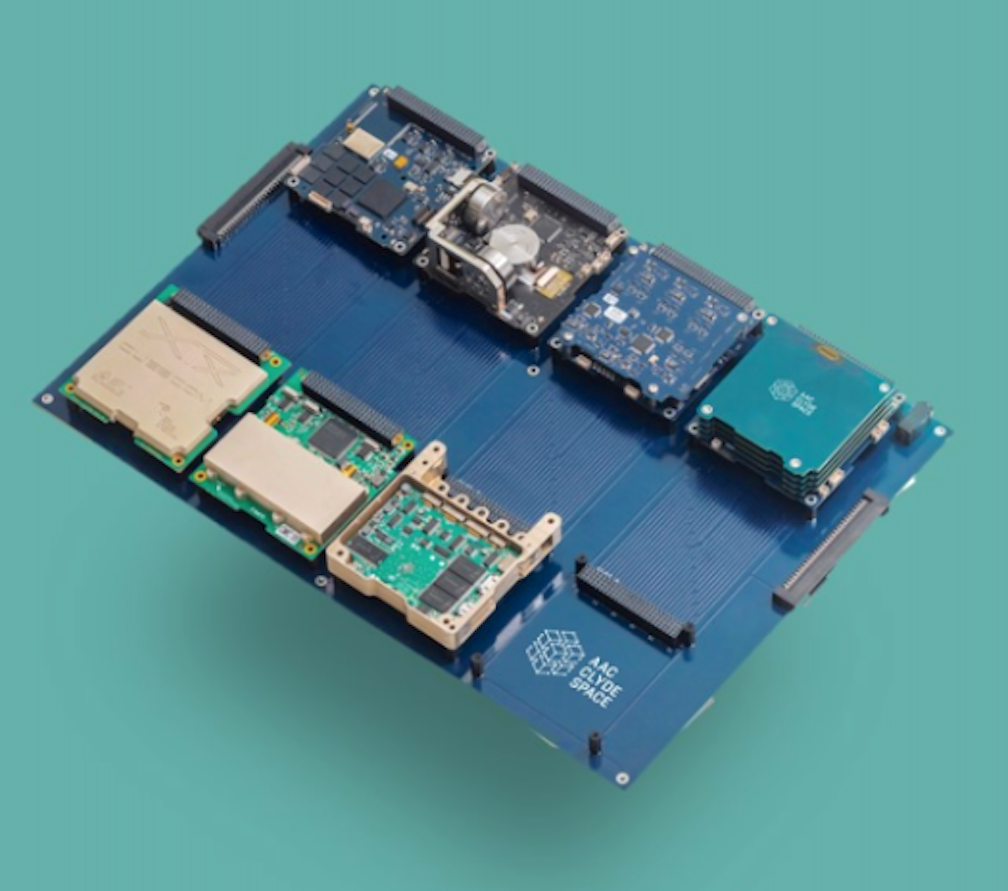
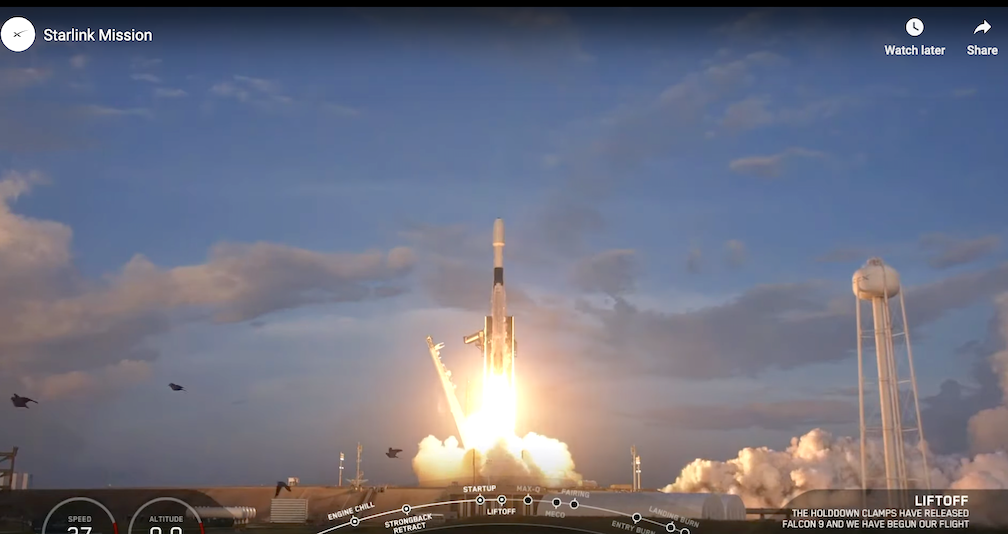

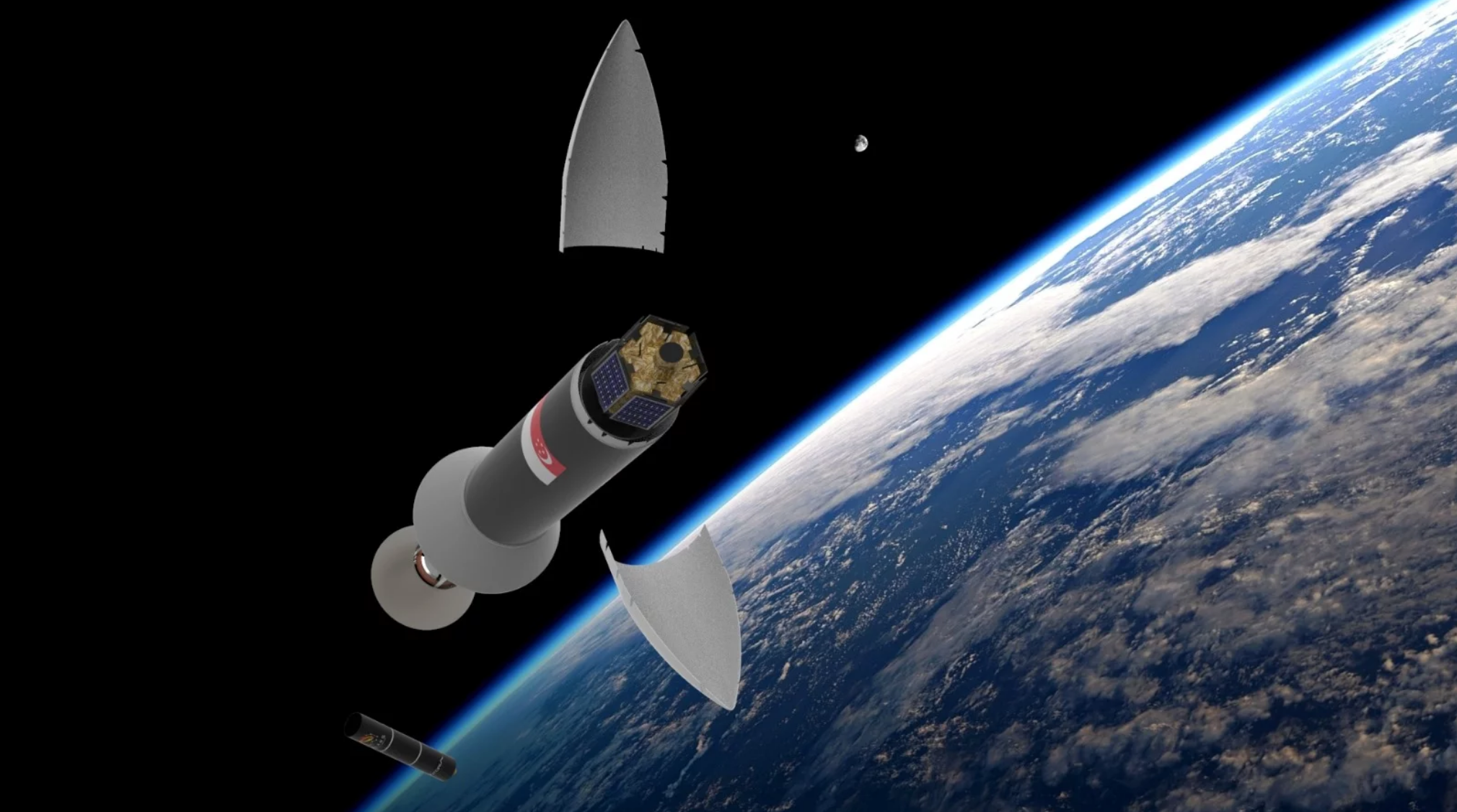
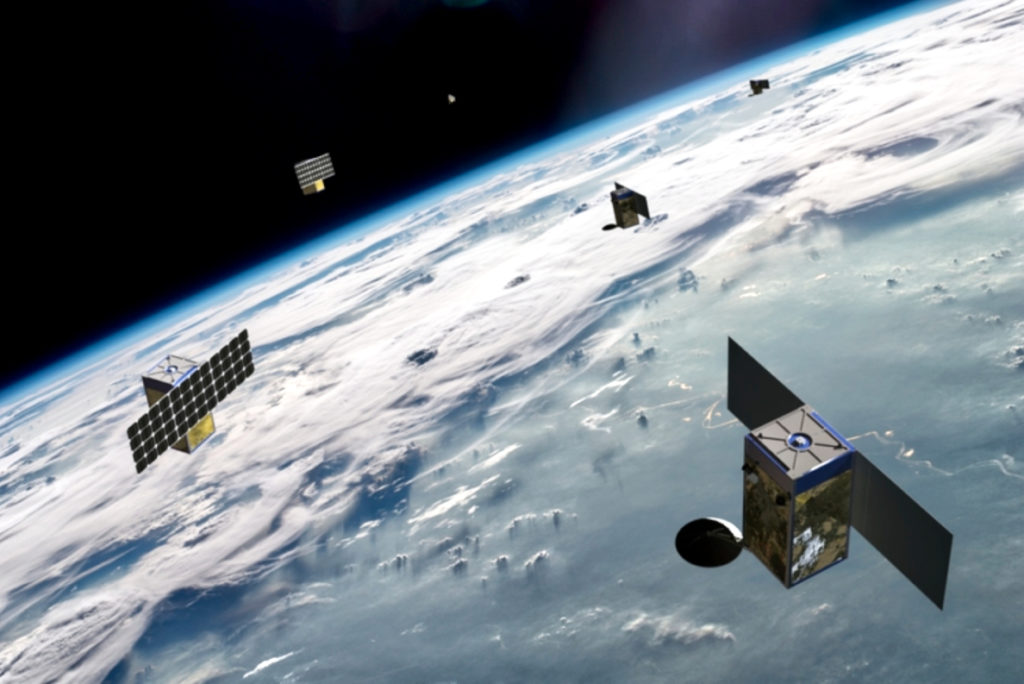

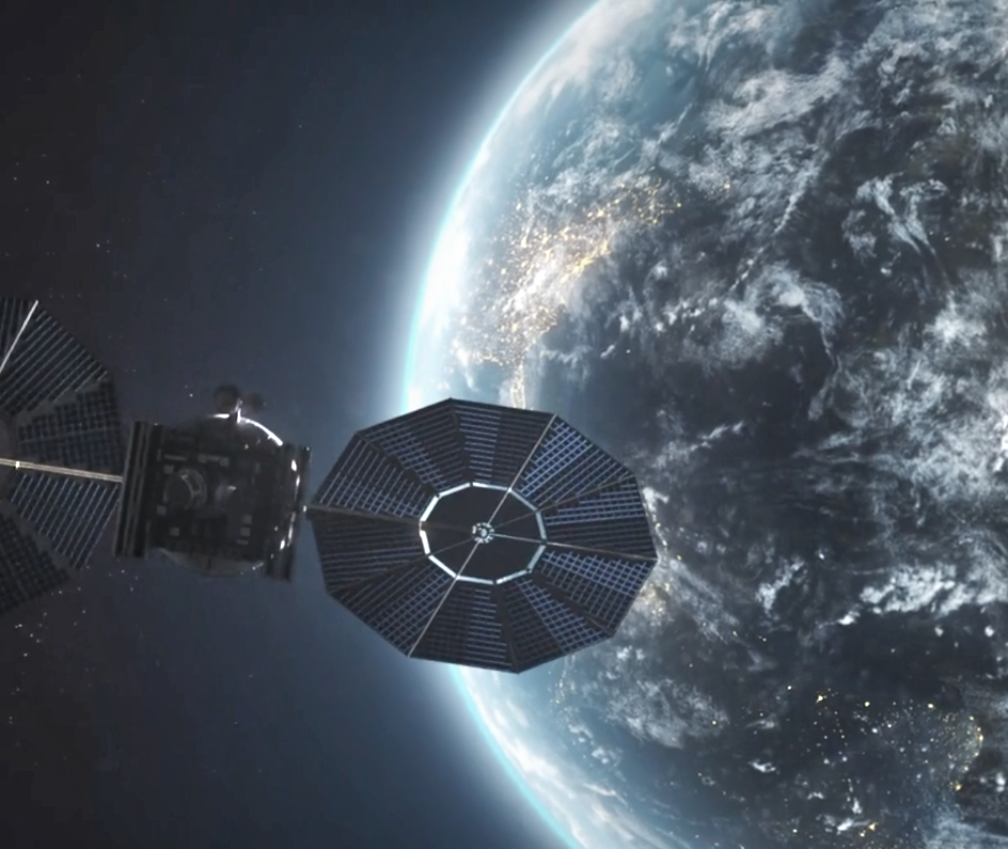
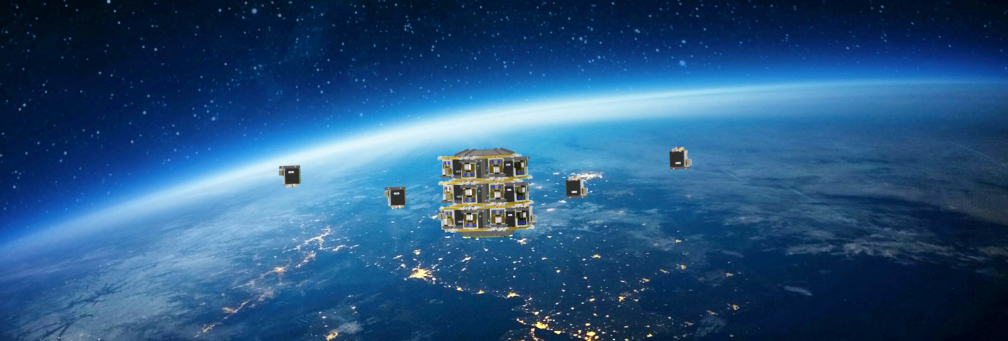
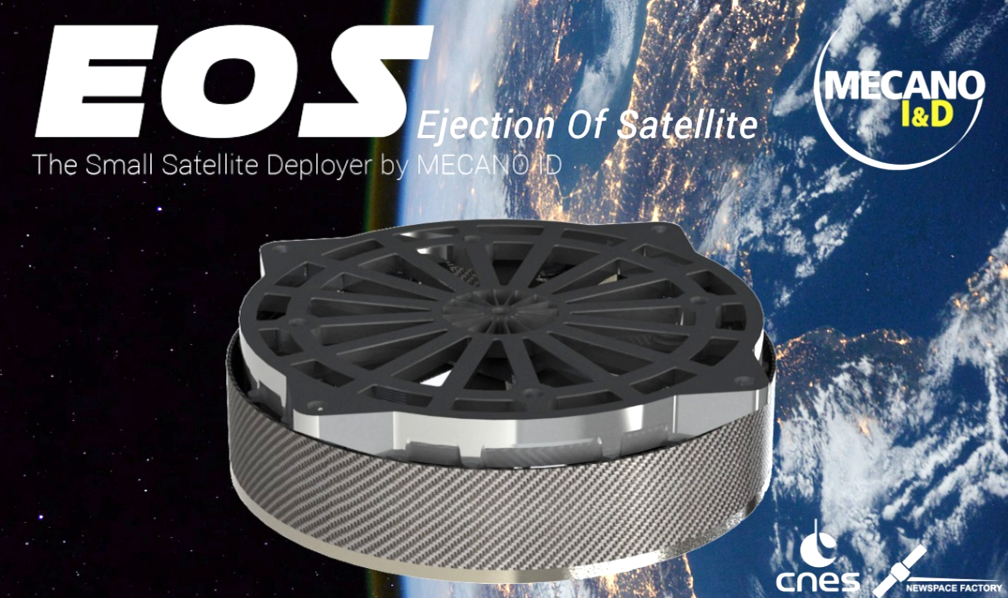

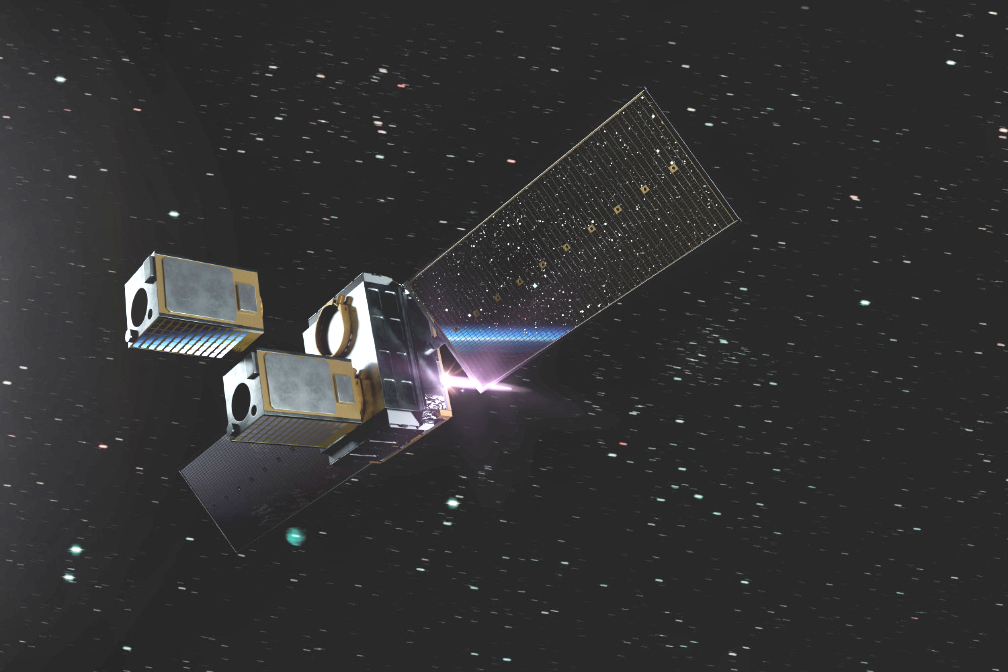
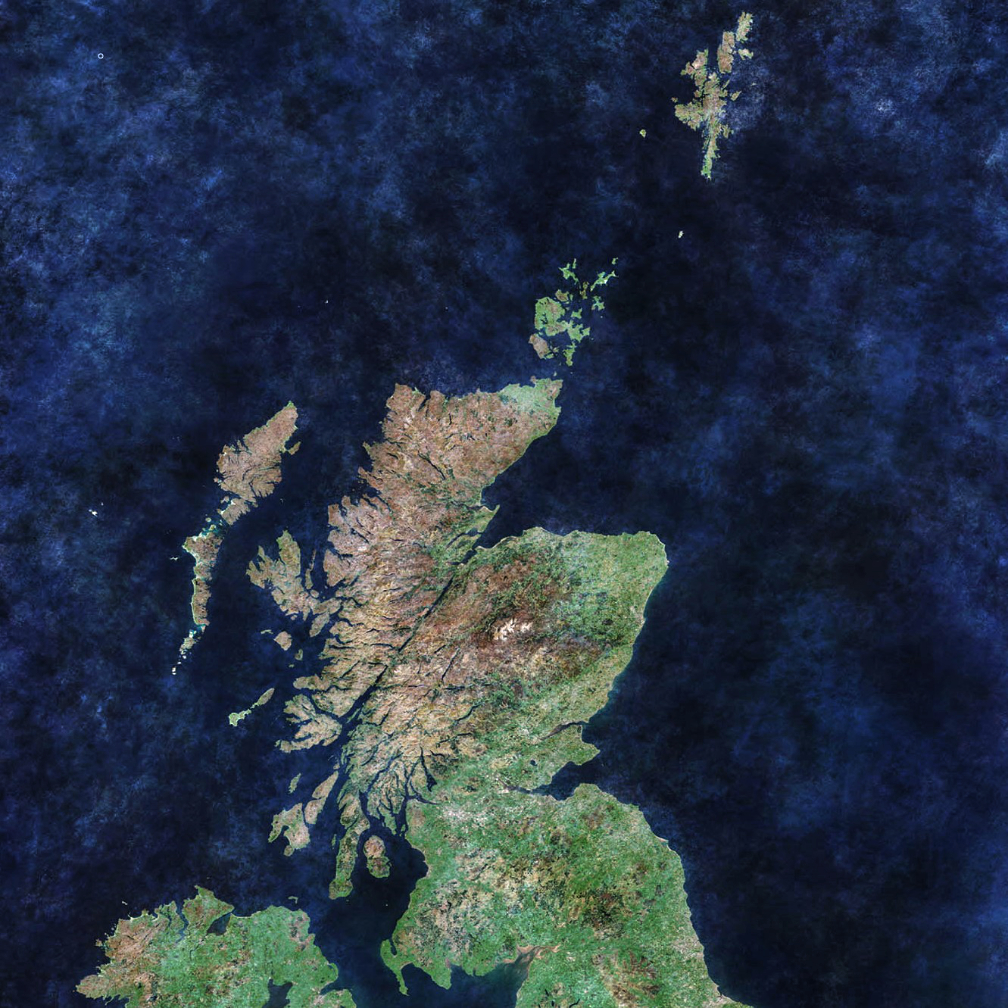 Scotland’s space-related businesses, already expected to be valued at being worth £2 billion (€2.2bn) by 2030, could grow even more, according to a study by
Scotland’s space-related businesses, already expected to be valued at being worth £2 billion (€2.2bn) by 2030, could grow even more, according to a study by 

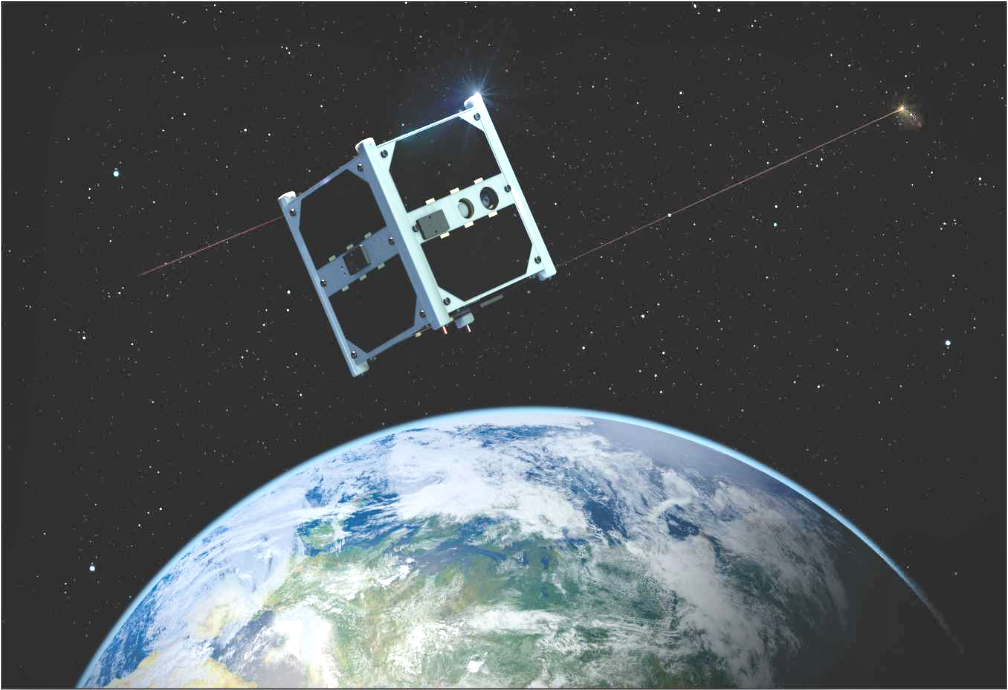
 service has payload slots available now for flight opportunities in 2021.
service has payload slots available now for flight opportunities in 2021. 